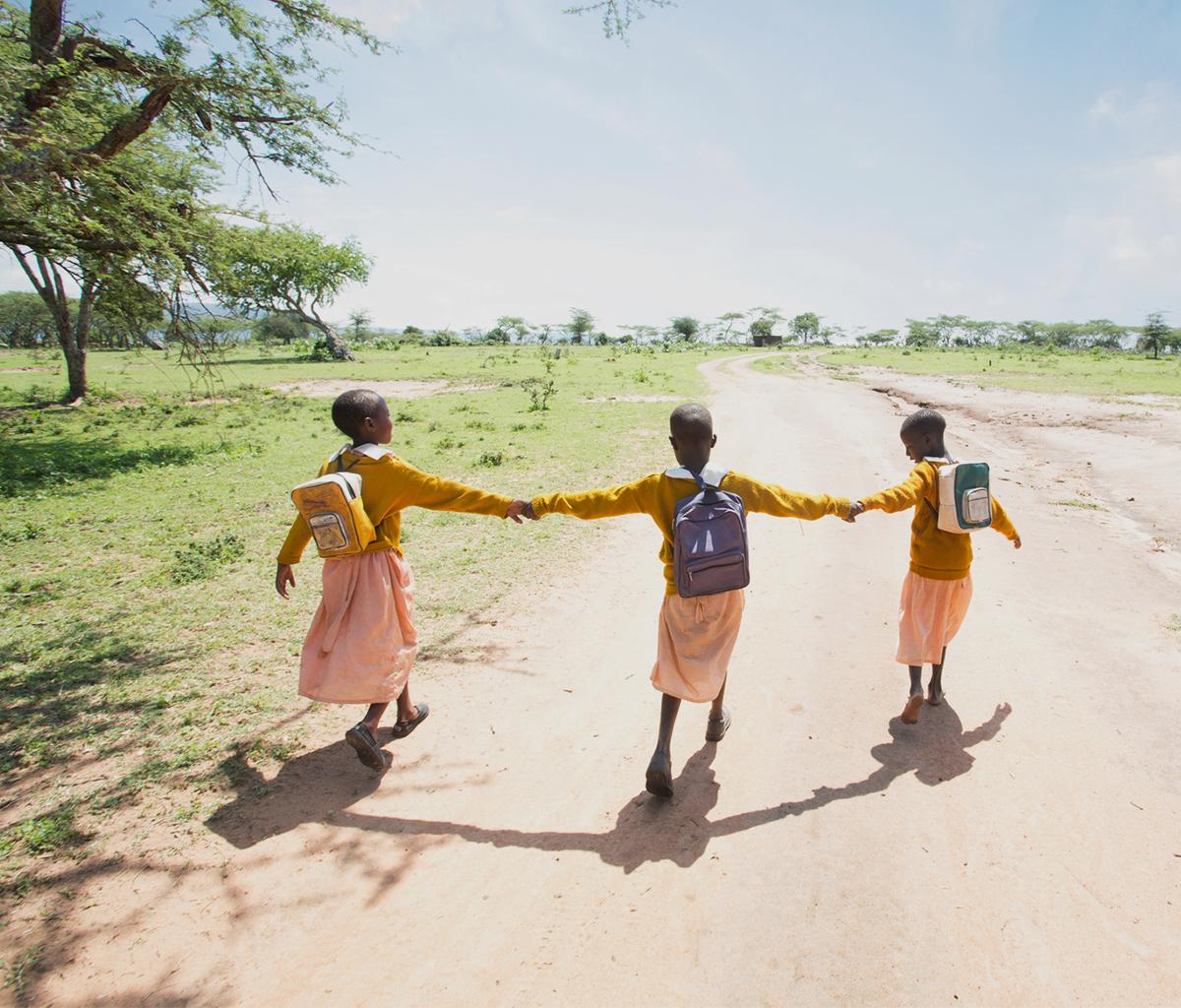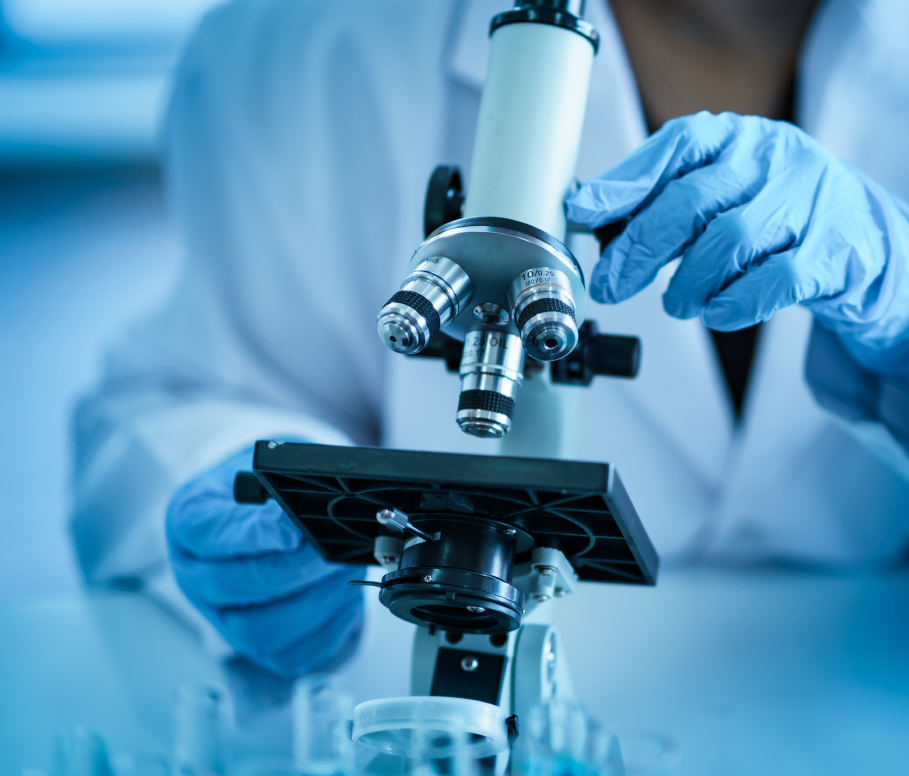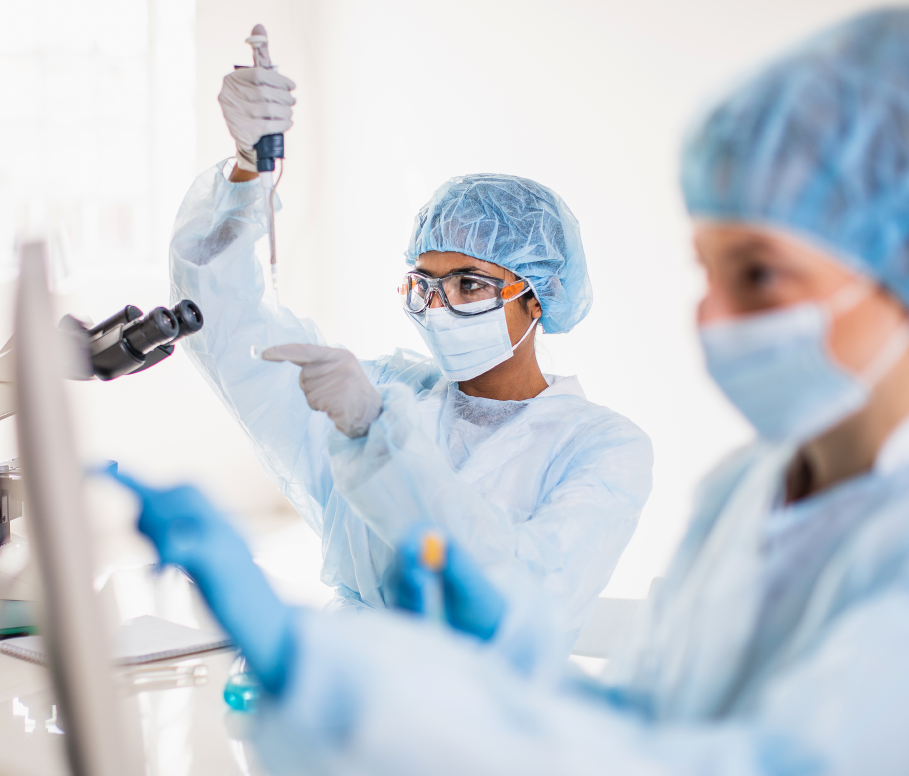Read the blog post that inspired this case study on the Innovate4Health website.
Patents are vital to innovation. They provide fundamental incentives for the development of breakthrough products and processes that change -- and even save – the lives of millions of people worldwide. Take a closer look at how a patented improvement to oxygen technology promises to save the lives of children suffering from pneumonia in some of the world’s poorest communities.
Who: FREO2 Foundation
Challenge:
Globally, pneumonia accounts for nearly 20 percent of all deaths for children under 5 years old. Oxygen concentrators, which provide critical supplemental oxygen therapy, can help keep children with pneumonia alive. However, this technology requires sustained access to reliable electricity and, in many developing countries with poor energy infrastructure, the power needed to provide uninterrupted therapy is not guaranteed. As a result, some of the children that are most vulnerable to pneumonia are unable to receive effective treatment.
Opportunity:
Current oxygen therapy technology is ineffective when disconnected from a source of electricity—a problem in countries that frequently experience blackouts and in remote areas that lack energy infrastructure entirely. New technology capable of concentrating oxygen without electricity would make supplemental oxygen available during blackouts and in remote regions without electricity. The FREO2 Foundation’s innovative approach to oxygen concentration may be the solution that’s needed.
How It Works:
- FREO2 determined that the central issue with current oxygen concentration is not specifically energy related, but a matter of creating a difference in air pressure to create air flow.
- Thus FREO2’s new approach to oxygen concentration utilizes running stream water to create a low-pressure vacuum, which can be used to separate oxygen from the air in the environment.
- FREO2 says the outcome of its research is cost efficient, easy to use, and simple to operate. A working prototype is already operating in Gippsland, Australia, with planned expansion to other countries, including Uganda where childhood pneumonia is prevalent and the energy infrastructure is unstable.
This groundbreaking improvement to existing oxygen concentration technology will allow remote clinics to keep oxygen concentrators in use even when there isn’t a reliable source of energy available. As a result, more children will have access to effective treatment and lives will be saved.
FREO2’s innovation is a prime example of why it’s so important that governments and countries around the world recognize and protect patents, and ensure that restrictions on the types of inventions that are patent-eligible, remain minimal. Putting policies in place that discourage potentially life-saving breakthroughs and technological improvements undermines investment in future treatments and cures and, ultimately, restricts patient access to new products and processes that could benefit them.


